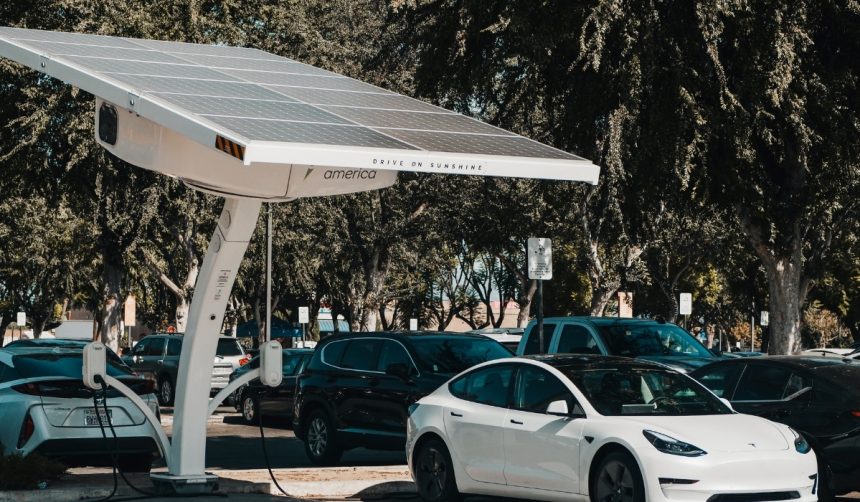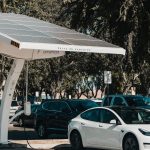Tesla has released its financial results for the first quarter of 2025, following the dissemination of its Q1 2025 Update on April 22. The company continues to navigate a dynamic market landscape, addressing both internal developments and external challenges. Investors and analysts are closely monitoring Tesla’s performance metrics and strategic initiatives as the company progresses through a pivotal period.
Tesla’s financial performance in Q1 2025 demonstrated a robust revenue stream, with total revenues reaching $19.3 billion. The automotive sector contributed significantly, generating $13.967 billion. Despite these figures, the company reported a GAAP gross margin of 16.3%, translating to a gross profit of $3.15 billion. Earnings per share (EPS) on a non-GAAP basis stood at $0.27, while free cash flow was documented at $664 million.
How Did Tesla Address Market Expectations?
The company acknowledged that its earnings fell short of Wall Street expectations. However, stock performance remained relatively stable, increasing by 4% in after-hours trading. This resilience suggests investor confidence in Tesla’s long-term strategies despite the quarterly miss.
What Are Tesla’s Plans for New Vehicle Production?
Tesla reiterated its commitment to commencing production of new vehicles in the first half of 2025. The update did not specify whether these models would be additional variants of existing lines such as the Model 3 or Model Y, or entirely new introductions. This ambiguity has sparked speculation among industry observers regarding Tesla’s product roadmap.
How Is Tesla Managing External Challenges?
Elon Musk addressed ongoing protests and criticism, attributing them to interests opposed to Tesla’s transparency and efficiency.
“The actual reason for the protests is that those who are receiving the waste and fraud want to continue receiving the waste and fraud,”
Musk stated during the earnings call. Additionally, he mentioned a strategic shift in his focus, reducing his involvement with DOGE-related activities to allocate more time to Tesla operations.
Comparative analysis with previous quarters indicates that while Tesla has maintained strong revenue growth, challenges such as supply chain disruptions and regulatory pressures continue to impact overall profitability. The company’s efforts to localize its supply chains have mitigated some effects of tariffs, although Musk emphasized the ongoing advocacy for lower tariffs to enhance operational efficiency.
Looking ahead, Tesla is investing in autonomous vehicle technology and humanoid robotics, anticipating market advancements by mid-2026. Musk remains optimistic about Tesla’s trajectory, suggesting that the company could surpass the combined valuation of its top five competitors. Practical steps towards these innovations include the expected rollout of fully autonomous rides within the upcoming months.
Tesla’s ability to sustain growth while addressing both technological advancements and external pressures will be crucial in maintaining its market position. Investors may find value in monitoring Tesla’s strategic initiatives and financial health as the company continues to evolve in a competitive landscape.










